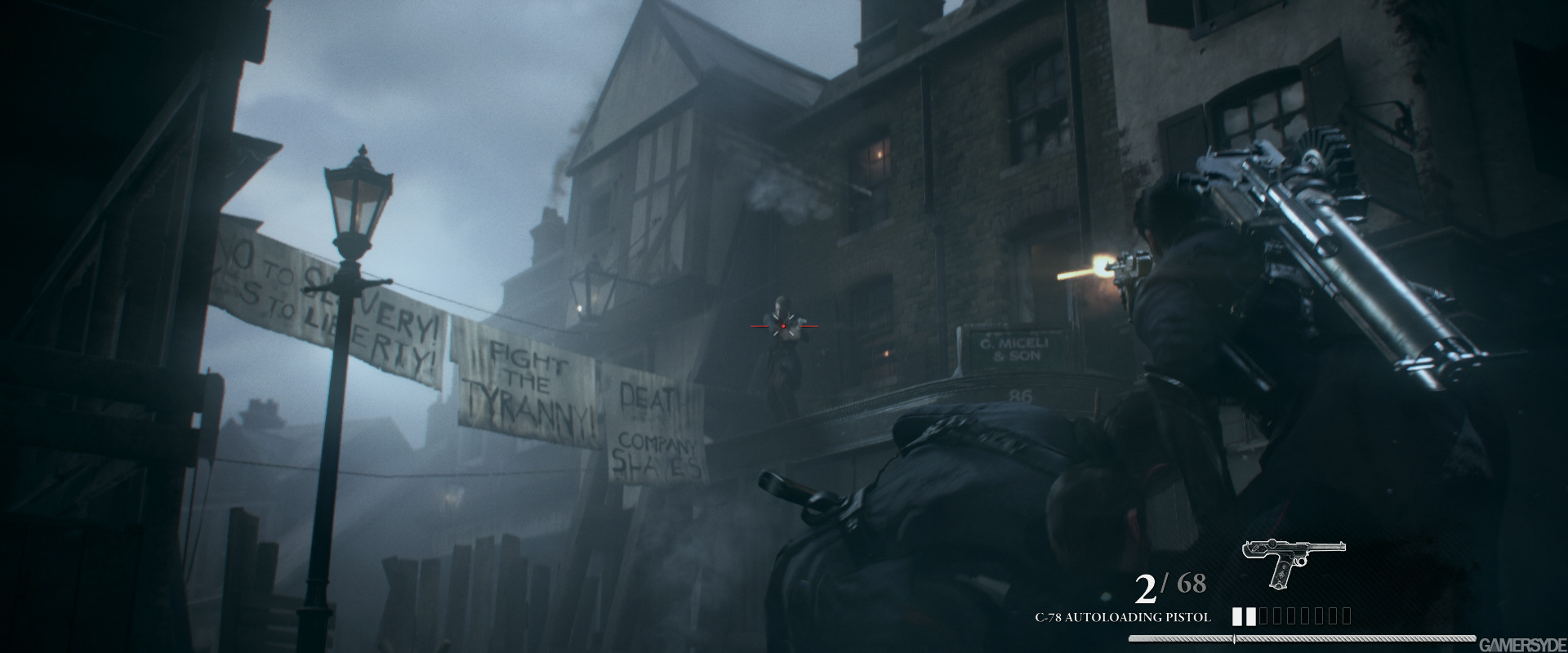I'm familiar with the effect you're talking about, and I'm not convinced that it's the temporal reprojection kicking in. Even if it is, that suggests that it was very incorrectly implemented; the entire idea is that you shift your sample points between frames so that it works "in a still image", and you apply motion reprojection to make it work for moving images as well.And KZ:SF reduces jaggies only when the camera is moving.
Here's what I notice in KZSF. Go to somewhere where there are texture-based effects producing lots of extremely high-frequency detail with significant contrast. Intersstingly, the average luminance of these on-screen regions can very visibly change during the motion, especially if the surface is overall dark with high-frequency bright highlights. Furthermore, when I shove my face right up against the TV and look at edges with sharp 1-pixel-wide highlights along them, in slight movement it seems like the sizes of the stairsteps isn't changing, it's just less visible because the highlight is suppressed and becomes much less contrasted against the rest of the surface and its background.
When motion stops, it takes maybe a bit over half a second for the color to readjust and fine details to be sharply resolved again.
My suspicion is that this effect isn't temporal reprojection at all, but rather just some "smart" low-pass filter that gets applied to moving regions with the intention of suppressing crawling jaggies and shimmering, takes a moment to back off after motions stops (perhaps to make the transition less obvious?), and is quite possibly not gamma-correct.
//===========================
In any case, I just checked ISS, and it behaves nothing like KZSF in this regard. If anything, ISS's handling of aliases is impressively consistent between static and moving scenery. When I switch between static and slow pans, the stairsteps of undersampled details aren't changing at all (aside from the degree of movement causing them to crawl slowly or not). And with medium motion, I'm seeing the opposite of what you claim; I've been watching details that are broken up into wide off-and-on blob patterns suddenly snap into half-decent continuous lines when I let off the analog stick.

